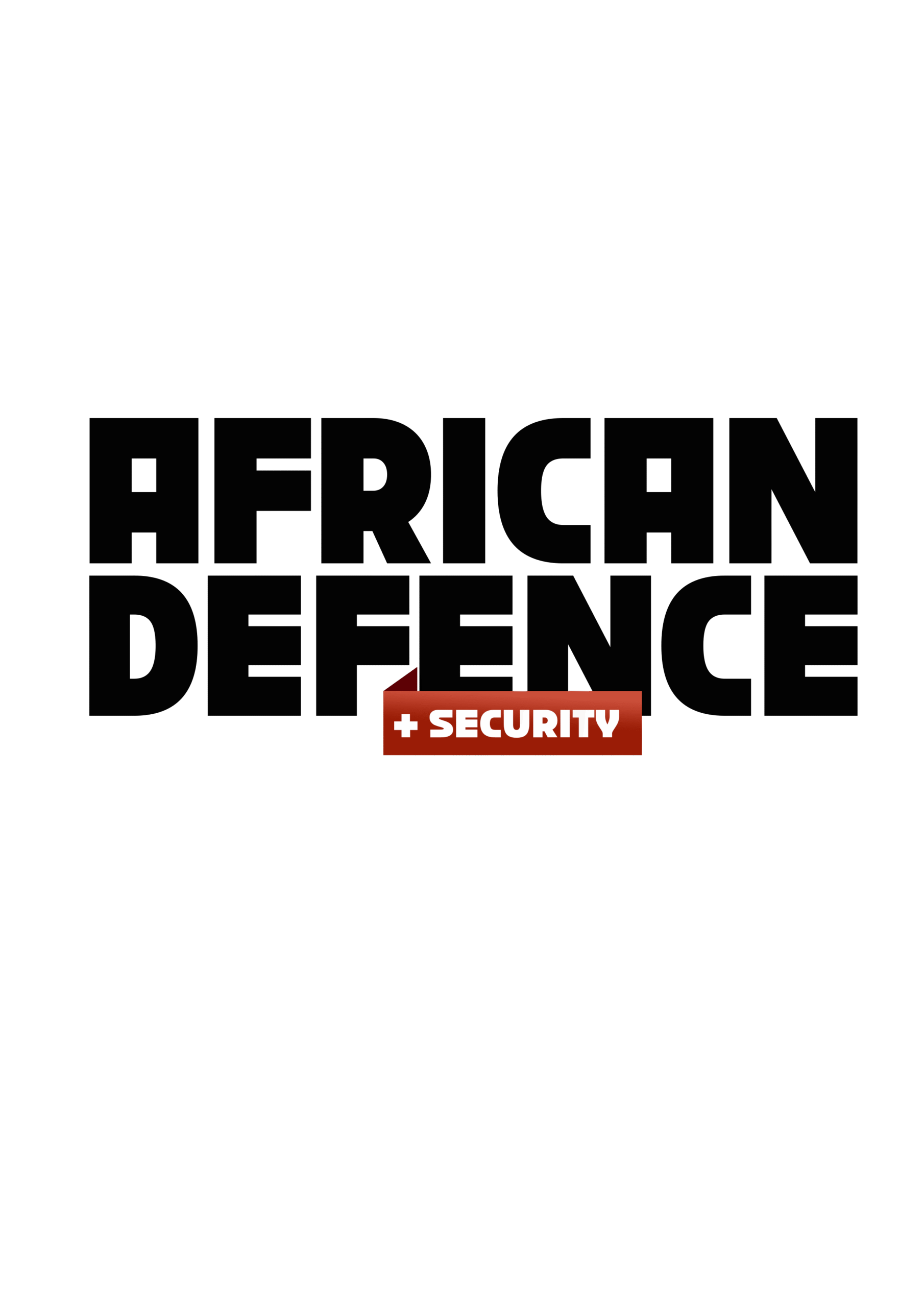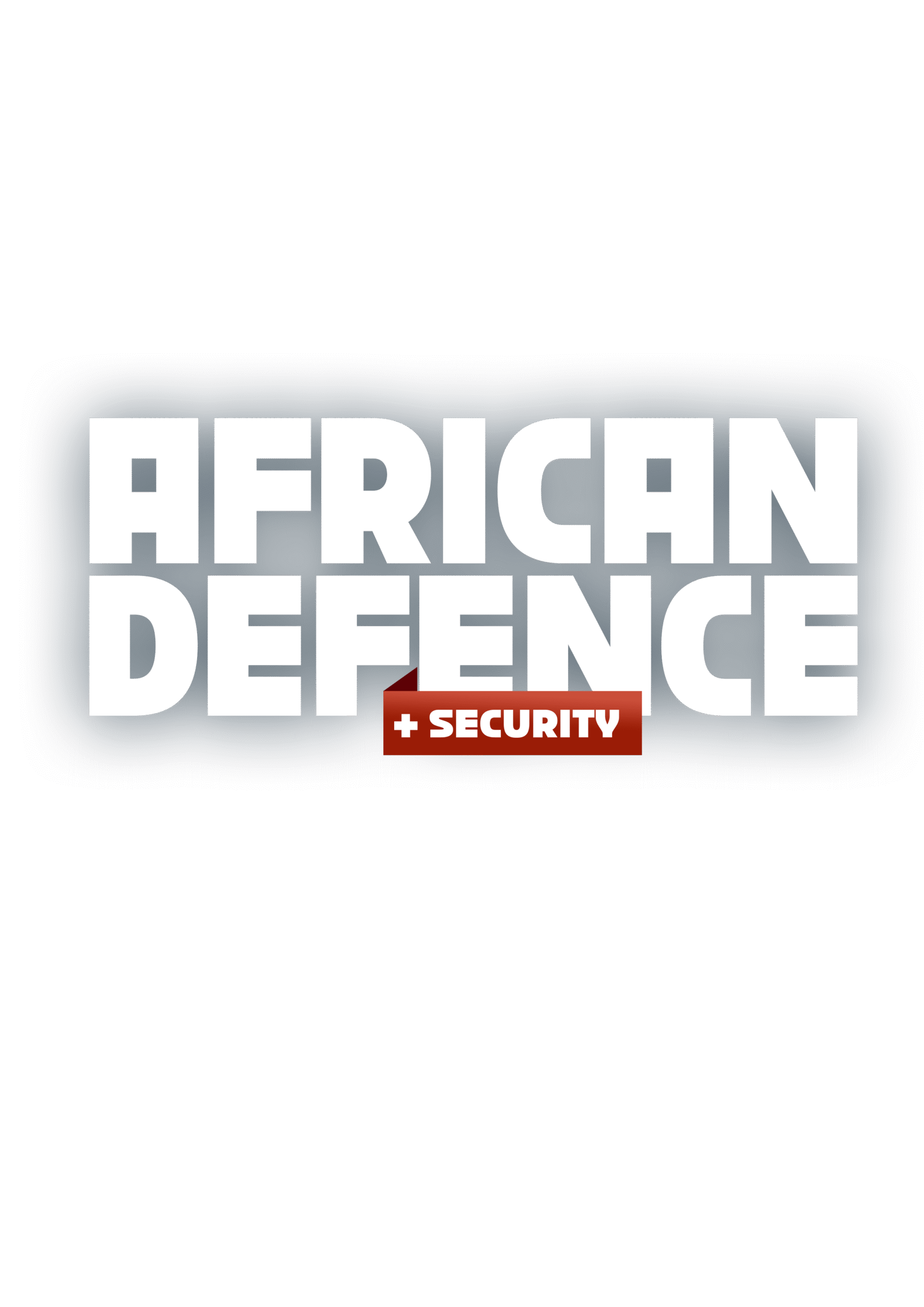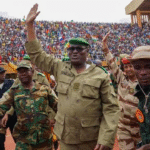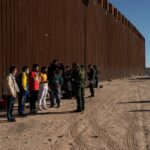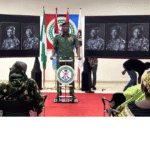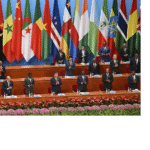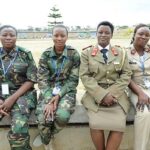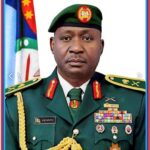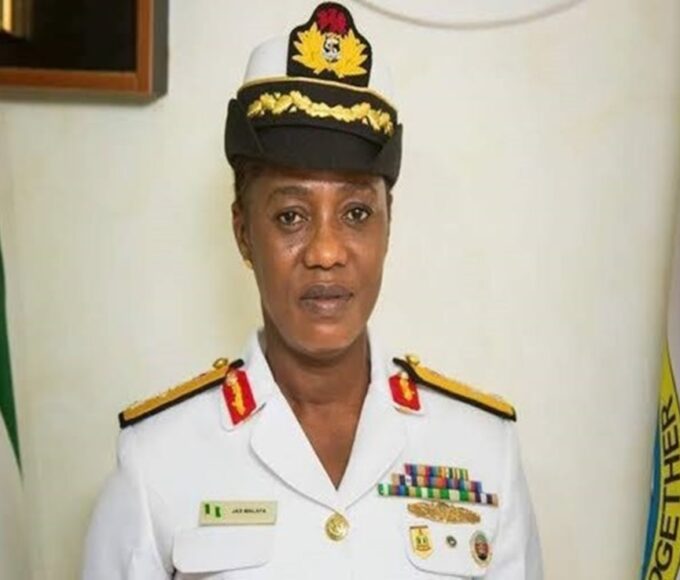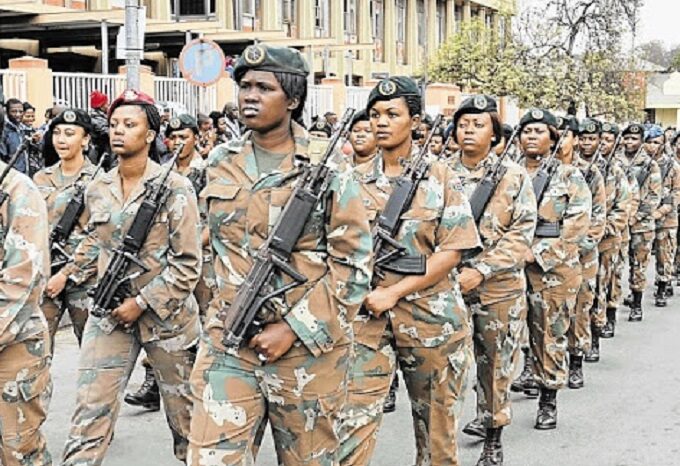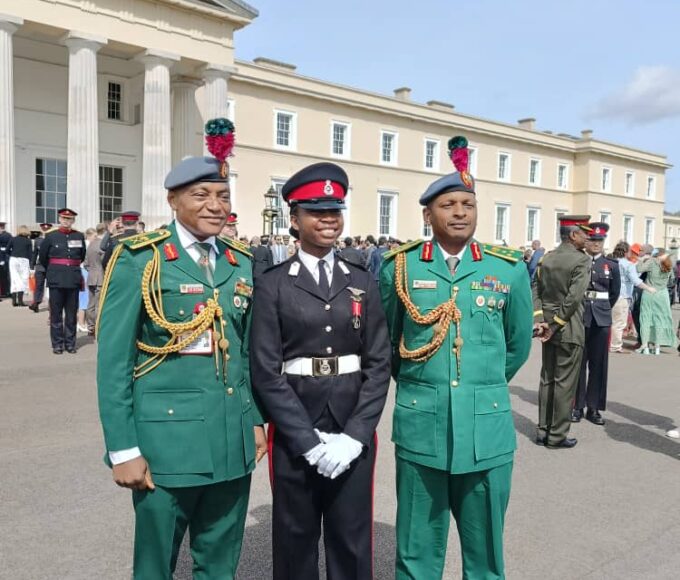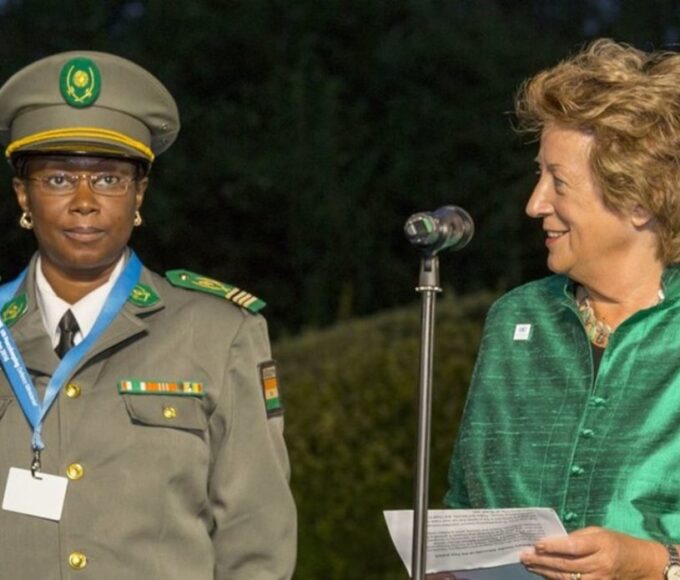BREAKING BARRIERS IN THE SKIES
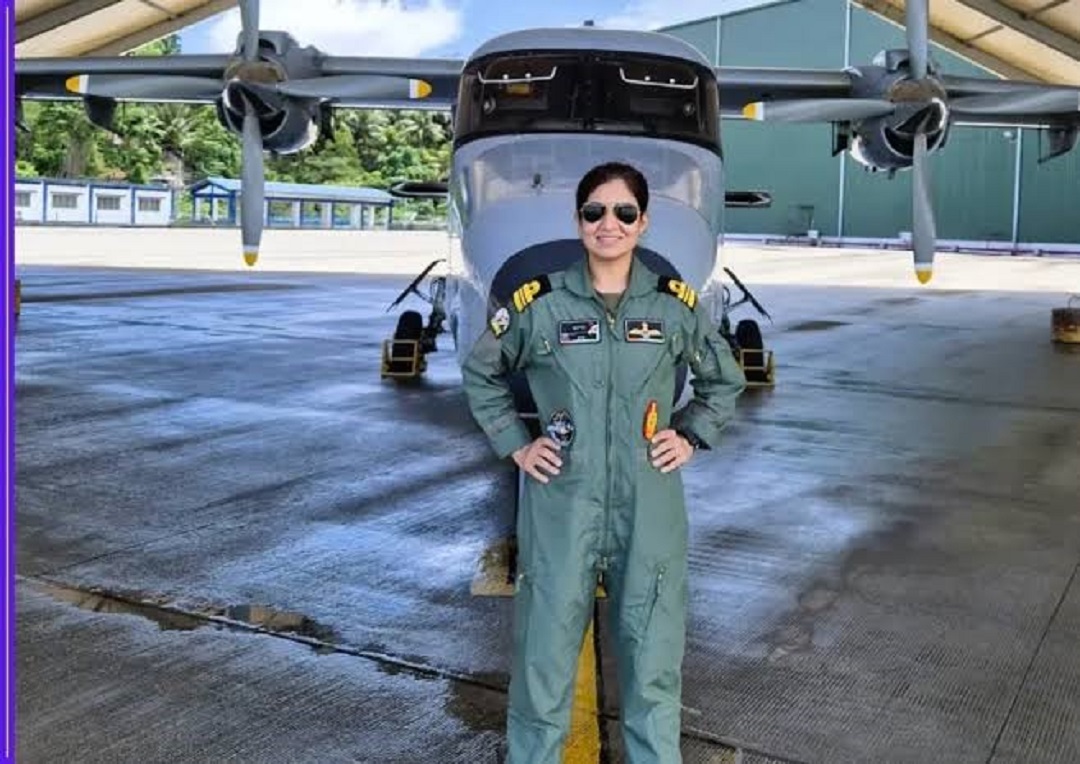
For decades, women have defied limits in male-dominated fields, but few roles capture that spirit like female fighter pilots. These pioneers command some of the world’s most advanced aircraft, from F-16s to F-35s, proving that in modern air combat, skill not gender defines excellence. Though women remain a minority in global air forces, their growing presence shows that the skies are no longer reserved for men.
Women in aviation have a history stretching back over a century. Harriet Quimby, the first American woman with a pilot’s license in 1911, crossed the English Channel the following year. In World War II, the Women’s Air force Service Pilots (WASP) flew over 60 million miles in 12,650 aircraft, ferrying planes, testing equipment, and towing targets for live-fire training. While barred from combat, their work freed male pilots for the frontlines and proved women’s skill in demanding roles. Globally, pioneers like Raymonde de Laroche, the first licensed female pilot in 1910, challenged norms when aviation was still new and dangerous.
Related Article: DSEI 2025: Navigating the Fine Line Between Defence and Peace
After the war, progress slowed. In the U.S., the Combat Exclusion Act barred women from flying combat missions until 1993, reflecting outdated ideas about gender and capability. Even when women entered U.S. Air Force pilot training in the 1970s, combat roles remained closed. Other nations imposed similar restrictions; Japan only accepted its first female fighter pilot in 2018. These delays show how long institutional barriers kept women grounded.
The 1990s marked a turning point. Brig. Gen. Jeannie Leavitt became the U.S. Air Force’s first female fighter pilot in 1993, later commanding a combat wing. Lt. Col. Martha McSally soon followed, flying A-10s in combat and eventually leading a squadron. During the Gulf War era, women like Lt. Kimberly “Face” Dyson flew strikes from carriers such as the USS Dwight D. Eisenhower. International progress followed too: Asli Hassan Abade became Africa’s first female fighter pilot, and India opened fighter training to women in 2016, with pioneers like Sub-Lt. Shivangi Poonia entering the Navy.
Some women not only broke barriers but set global records. Jackie Cochran became the first woman to break the sound barrier in 1953 and set multiple speed records. Ann Baumgartner had already made history in 1944 as the first American woman to test-fly a jet. More recently, Maj. Rachael Winiecki became the first female F-35 test pilot in 2018, while Pakistan’s Ayesha Farooq became her country’s first female fighter pilot in 2013. In 2022, Lt. Amanda Lee joined the Blue Angels as the first woman to fly the F/A-18 in the Navy’s demonstration squadron. Beyond their own careers, these women mentor future aviators, proving leadership in the skies knows no gender.
Yet challenges remain. Female pilots often face prejudice and tokenism in environments still dominated by men. Physical demands such as withstanding g-forces in gear designed for male physiques create added hurdles. Social expectations around family responsibilities and irregular deployments complicate careers further. Issues such as sexual harassment and underrepresentation in leadership persist. Still, research challenges stereotypes: a 2024 study suggested female pilots may outperform male peers under pressure, highlighting the importance of inclusion.
The impact of female fighter pilots goes beyond individual achievement. Their combat missions, from U.S. strikes in 1995 to India’s growing cadre of fighter pilots today, enhance military effectiveness while inspiring broader society. Initiatives like “Fly Like a Girl” encourage young women to see aviation as a career, fueled by role models who once seemed unreachable.
Looking ahead, the future is promising. In the U.S., women now make up about 15% of the Army, with growing roles in aviation. Countries such as India and Pakistan are expanding opportunities for female pilots, while scholarships, mentorship, and advisory boards support recruitment and retention. Though barriers remain, every success story pushes defence forces toward greater diversity and equity.
From Harriet Quimby to Jeannie Leavitt, from Jackie Cochran to today’s F-35 pilots, women in military aviation embody resilience, persistence and skill. Their flights are more than missions they are proof that ability, not gender, determines who earns a place in the cockpit.
King Richard Igimoh, Group Editor ALO
King Richard Igimoh, Group Editor African Leadership Organisation is an award-winning journalist, editor, and publisher with over two decades of expertise in political, defence, and international affairs reporting. As Group Editor of the African Leadership Organisation—publishers of African Leadership Magazine, African Defence & Security Magazine, and Africa Projects Magazine—he delivers incisive coverage that amplifies Africa’s voice in global security, policy, and leadership discourse. He provides frontline editorial coverage of high-profile international events, including the ALM Persons of the Year, the African Summit, and the African Business and Leadership Awards (ABLA) in London, as well as the International Forum for African and Caribbean Leadership (IFAL) in New York City during the United Nations General Assembly.
Recent Posts
Categories
- Air & Aerospace15
- Border Security14
- Civil Security3
- Civil Wars4
- Crisis4
- Cyber Security4
- Defense15
- Diplomacy17
- Entrepreneurship1
- Events5
- Global Security Watch6
- Industry6
- Land & Army7
- Leadership & Training3
- Military Aviation2
- Military History27
- Military Speeches1
- Naval & Maritime8
- Resources1
- Security12
- Special Forces1
- Systems And Technology8
- Tech6
- Uncategorized3
- UNSC1
- Veterans6
- Women in Defence9
Related Articles
PIONEERING WOMEN IN NIGERIA’S MILITARY HISTORY
In the annals of Nigeria’s military history, women have long been underrepresented,...
ByKing Richard Igimoh, Group Editor ALOAugust 22, 2025Combat Proven: African Women in Frontline Infantry and Special Forces
The history of women in African armed forces is a story of...
ByKing Richard Igimoh, Group Editor ALOAugust 13, 2025Gender Integration and Leadership Gaps in Africa’s War Colleges
During the post-independence decades, Africa’s military academies and war colleges largely reflected...
ByKing Richard Igimoh, Group Editor ALOAugust 13, 2025Female Commanders in UN Peacekeeping: Leadership Lessons from the Ground
In the decades since the United Nations first deployed peacekeepers to conflict...
ByKing Richard Igimoh, Group Editor ALOAugust 13, 2025